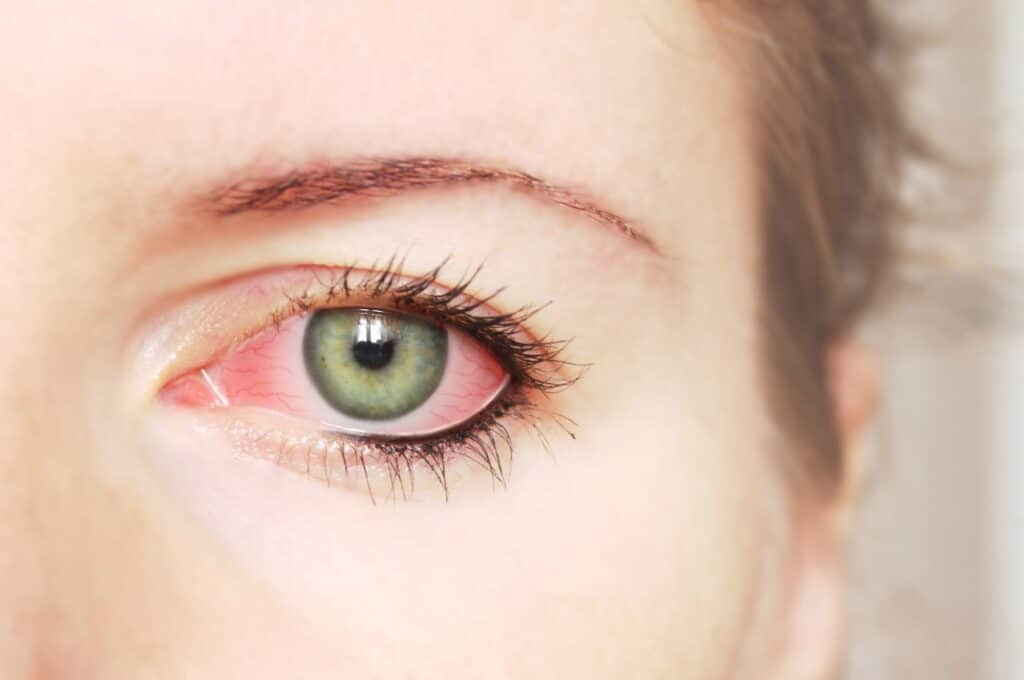Eyesight is a valuable asset to humans, and maintaining eye health is important. Unfortunately, despite maintaining eye health, a significant human population still experiences eye problems at one point in their lives. While some eye conditions are minor and can resolve naturally or with home remedies, others require interventions from eye specialists. Below are the commonly diagnosed eye conditions and their treatment remedies.
Refractive Errors
- Myopia or nearsightedness
- Hyperopia or farsightedness
- Astigmatism
Cataracts
- Fading colors
- Difficulty seeing at night
- Light sensitivity
- Cloudiness, blurriness, and dim vision
- Seeing halos
Macular Degeneration
- Blurred central vision
- Formation of blind spots that cause partial vision loss
- Difficult vision in dim light
- Objects appear smaller than actual size
Glaucoma
- Tunnel vision
- Blurred vision
- Sharp eye pain
- Light halos
- Cloudy eyes
- Red eyes
- Light sensitivity
Dry Eye Syndrome
- Eye fatigue
- Sensitivity to light
- Eye redness
- Blurred vision
Refractive errors are a common eye problem affecting more than 150 million Americans. As the name suggests, these conditions occur due to changes in the shape of the eye. These changes prevent light from being focused on the retina, affecting the persons’ close or distant vision. The three types of refractive errors include;
Most people with refractive errors start experiencing challenges with their vision. Depending on the type of refractive error, they may complain of blurry vision for close or distant objects. Affected persons also complain of headaches, squinting, and eyestrain. Unfortunately, most symptoms can only be detected by an eye exam.
Both surgical and non-surgical methods can treat refractive errors. Surgical treatments include LASIK, Visian ICL, and PRK, while the use of glasses and contacts can non-surgically correct refractive errors.
Cataracts are a popular eye problem and probably the leading cause of vision loss. Cataracts typically describe the formation of cloudy areas on the eye lens, which prevents light from reaching the retina. While they can occur at any age, cataracts are common in adults from 50 years.
Cataracts symptoms include:
In the early stages, antiglare glasses, new eyeglasses, brightening light, and magnifying lenses can help. Advanced cataracts are treated surgically. Laser cataract surgery, where the cloudy lens is removed and replaced, can improve vision.
Age-related macular degeneration affects approximately 1.8 million people above 40 years in the U.S. Another 7.3 million risk developing it, and the CDC estimates that more than 2.95 million will have developed this condition by 2020.
Two types of macular degeneration affect aging adults. It can either be exudative/wet or atrophic/dry. Exudative or wet macular degeneration is chronic and can cause vision loss. However, it only accounts for 15% of AMD patients, while atrophic accounts for 20%.
Unlike other eye conditions, macular degeneration has no definite early signs and symptoms except for a sudden or gradual change in the quality of vision and appearance of straight lines. Other symptoms that may occur later include:
Unfortunately, to date, there is no cure for macular degeneration. However, some prescription drugs that can prevent the proliferation of abnormal blood vessels can be used. Laser or photodynamic therapy can also be used to destroy abnormal blood vessels. Low vision aids are the last resort for patients with receding vision.
Glaucoma is a condition that results from a damaged optic nerve due to increased eye pressure. The build-up in fluid pressure within the eye can rapture the optic nerve, the nerve that transmits visual images to the brain. If left untreated, glaucoma can lead to permanent blindness. While there are many types of glaucoma, open-angle glaucoma and closed-angle glaucoma are common.
Symptoms of this eye condition vary depending on severity and type. However, they include:
Your eye specialist may prescribe eye drops to reduce production or increase the outflow of eye fluid. However, advanced glaucoma cases require surgical interventions. Trabeculoplasty, MIGS, trabeculectomy, and glaucoma implant surgery are the common surgical treatments done to reduce eye pressure.
As the name suggests, dry eye syndrome occurs when the eyes lack adequate lubrication. This can occur if the body cannot produce enough or produces low-quality tears. Many other reasons can lead to inadequate lubrication. Dry eyes often present with burning eye sensations that occur under specific conditions, such as while on a plane, using a computer, or in an air-conditioned room.
Other symptoms of dry eye syndrome include:
Treatment for dry eye syndrome varies depending on the cause of this problem. However, over-the-counter drugs, prescribed medications, lifestyle changes, and surgical options can reduce the severity of this eye problem.
Conclusion
The human eye is important but very sensitive to diseases and external factors. Therefore, extra attention is required for optimal functioning. Part of maintaining eye health is seeing an eye specialist regularly. Regardless of the nature of your eye problem, early diagnosis and professional treatment can preserve or improve your vision.

